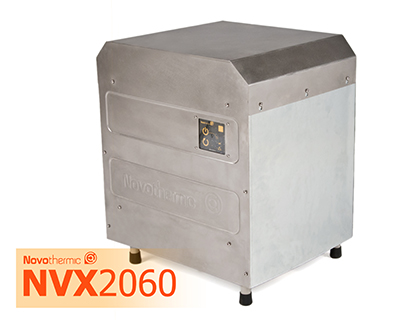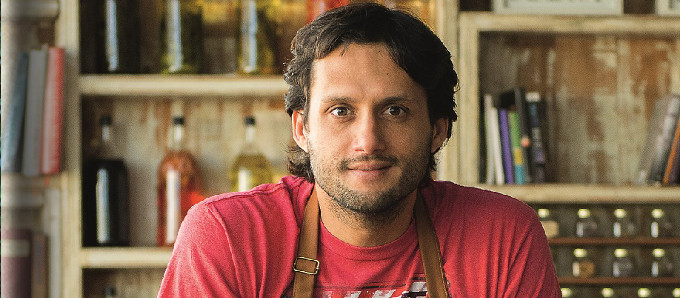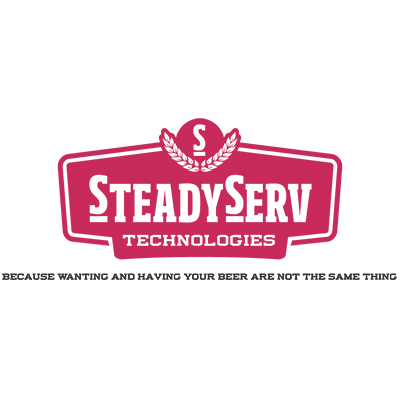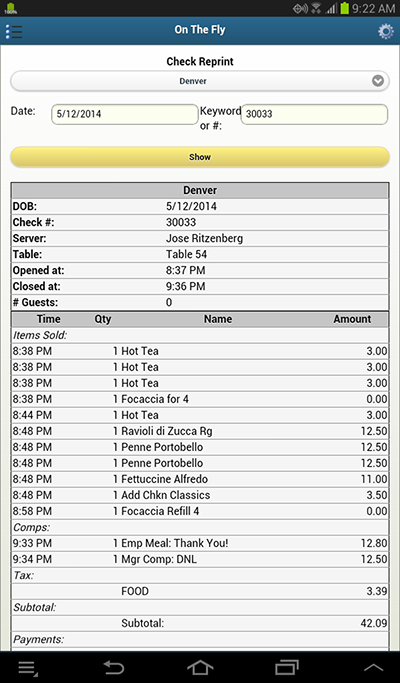 Restaurant menus may harbor more germs and bacteria than any other surface in food-service location. According to studies, menus can have bacteria counts as high as 185,000 per square centimeter—far more than a toilet seat.
Restaurant menus may harbor more germs and bacteria than any other surface in food-service location. According to studies, menus can have bacteria counts as high as 185,000 per square centimeter—far more than a toilet seat.
The reason: Scores of people touch restaurant menus and yet they are rarely cleaned.
Of course, people don’t get sick every time they touch a menu. But if the infectious dose is high enough, or the person touching the menu is a young child or has a compromised immune system, the likelihood can be significant.
According to Matt Morrison, communications director for Kaivac (developers of the No-Touch and OmniFlex cleaning systems), restaurant patrons should “wash their hands or use a [hand] sanitizer after handling the menu.”
The following are other so-called germ-centers in restaurants, along with suggestions on how to lessen the health threat they present.
- Seats: Seats are one of the germiest spots in a restaurant. “They are rarely cleaned, and when they are, they are often quickly wiped down using a soiled towel,” says Morrison.
- Solution: Use a hand sanitizer or wash your hands before eating.
- Ketchup bottles: Score of people touch these, and they are rarely wiped down with an antibiotic cleaner.
- Solution: Hold the bottle with a napkin when using.
- Lemon slices: A study by Passaic County Community College found that nearly 70 percent of the lemon slices placed in drinks or on dishes in restaurants carried potentially harmful microorganisms, typically because they are often not washed or properly washed before they are cut.
- Solution: Using a napkin, squeeze the juice out of the lemon, but put the rind on the side.
- Floors: We have as many as 50 direct and indirect contacts with floors every day. In a restaurant, floors can get heavily soiled and become the source of cross contamination.
- Solution: While a “quick clean” of floors may be necessary with mops and buckets, they can contribute to the problem if used too frequently. “Restaurant managers should select healthier dispense-and-vac or spary-and-vac cleaning methods,” says Morrison.
*Sources: Dr. Aileen Marty, Department of Infectious Disease at Herbert Wertheim College of Medicine; Dr. Kelly Reynolds, Associate Professor, University of Arizona College of Public Health, Tucson.
About Kaivac, Inc.
Headquartered in Hamilton, Ohio, Kaivac, Inc. delivers complete science-based cleaning systems designed to produce healthy results and outcomes while raising the value of cleaning operations and the professionalism of the worker. The originator of No-Touch Cleaning, and the OmniFlex Crossover Cleaning System, Kaivac offers an integrated portfolio of environmentally friendly cleaning products designed to remove the maximum amount of soil and potentially harmful biopollutants in the most cost-effective manner possible. For more information, visit www.kaivac.com and find them on Facebook, LinkedIn, and Twitter.







